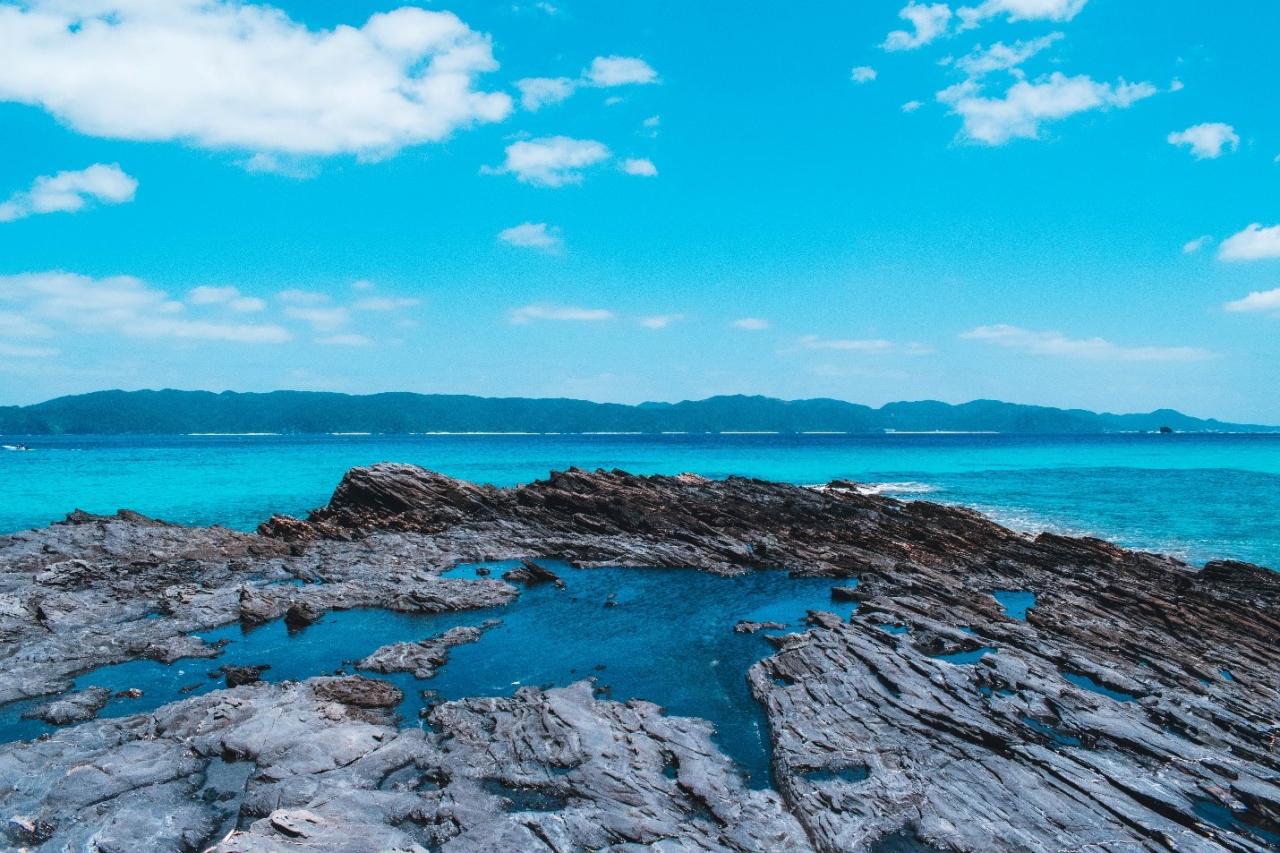Japan might seem like a small country off the coast of Asia, but the Japanese archipelago consists of over 6,000 islands and scientists have discovered a new one. Approximately 745 miles (1,200 km) south of Tokyo in the Pacific Ocean, a new crescent-shaped landmass was created by an undersea volcanic eruption.
The newly formed island has a diameter of approximately 1 km and was formed approximately 50 km south of the southernmost island of the Ogasawara group, Minami Ioto. The small size of the new landmass might disappear underwater according to historical precedence depending on the formation.
The new landmass could be made of ash with other fragments or experience continued volcanic activity. An island made of ash and fragments is less likely to be resistant against a constant battering of waves that will most likely sink the island. The island is more likely to become a permanent landmass with continued volcanic activity producing lava flows that will form a durable hard shell to protect from the elements.
This area has also seen island formations over the years in1904, 1914, and 1986 that all disappeared due to erosion breakdown. Japan’s meteorological agency indicates the latest eruption can continue as they have issued warnings for large ash deposits and smoke in nearby waters.
The coast guard spotted the eruption flying over the area and the crew also found volcanic rock or pumice stone floating on the sea around the area. Another similar occurrence happened in 2013 when an island was formed following weeks of volcanic activity as the new island merged the preexisting island of Nishinoshima to create a new combined landmass.
Time will only tell whether this volcanic eruption could lead to a permanent landmass structure that can be added to Japan’s territory. If the landmass remains a permanent structure, it is unlikely to require changes to the exclusive economic zone or Japan’s territorial waters.



